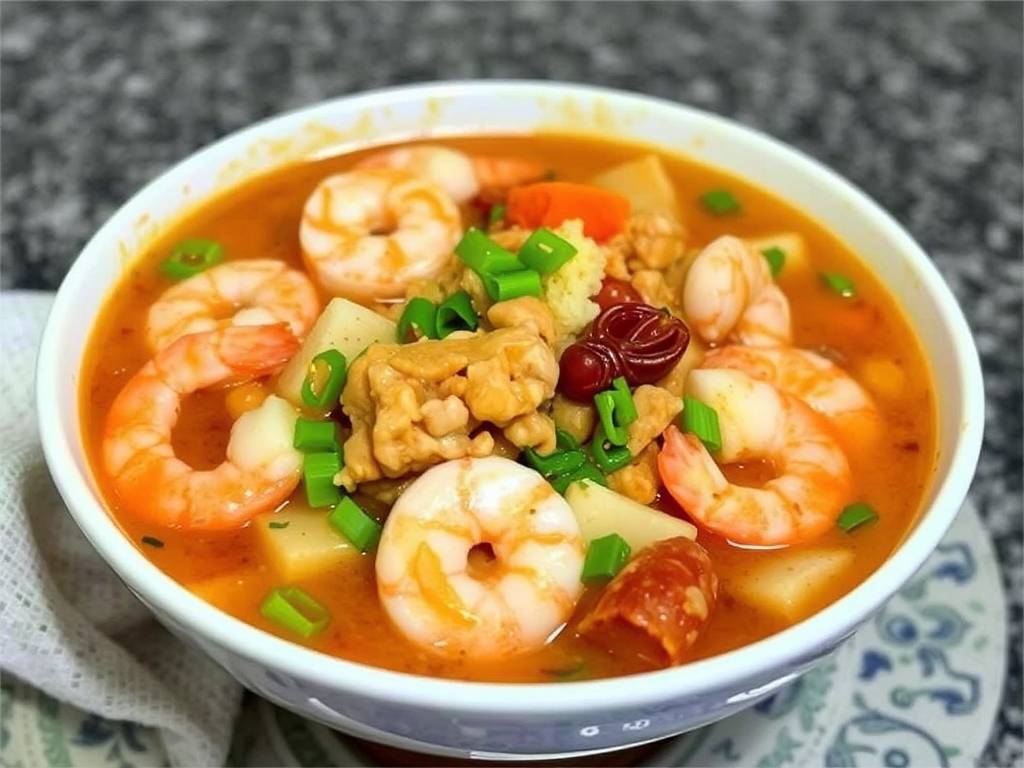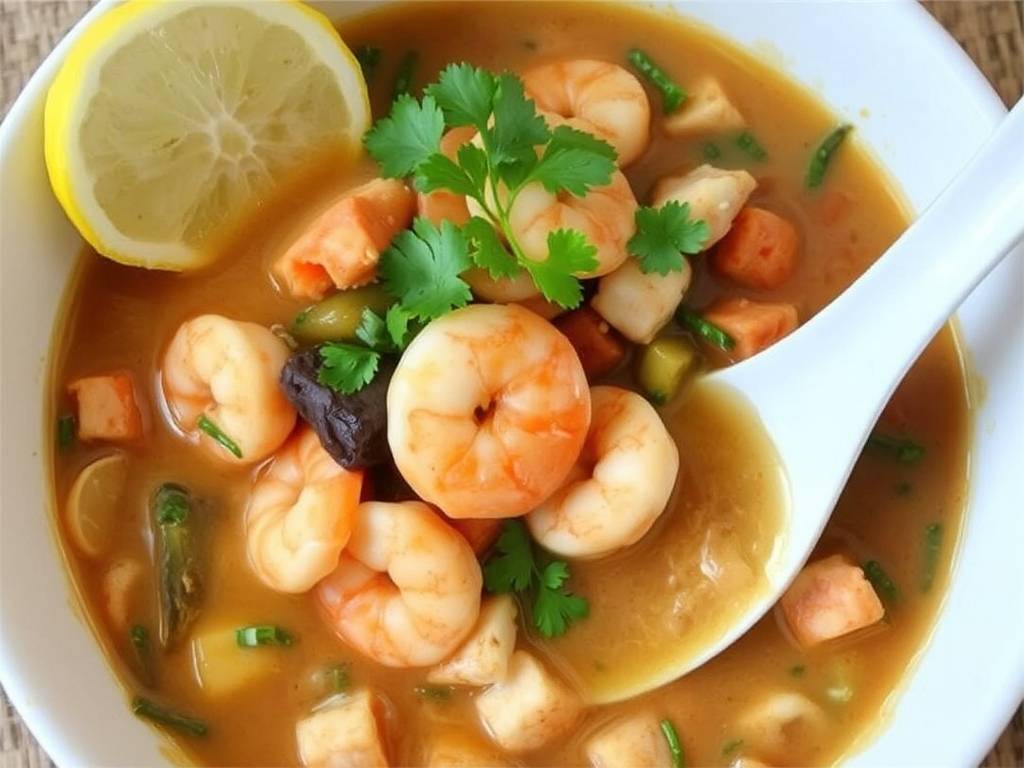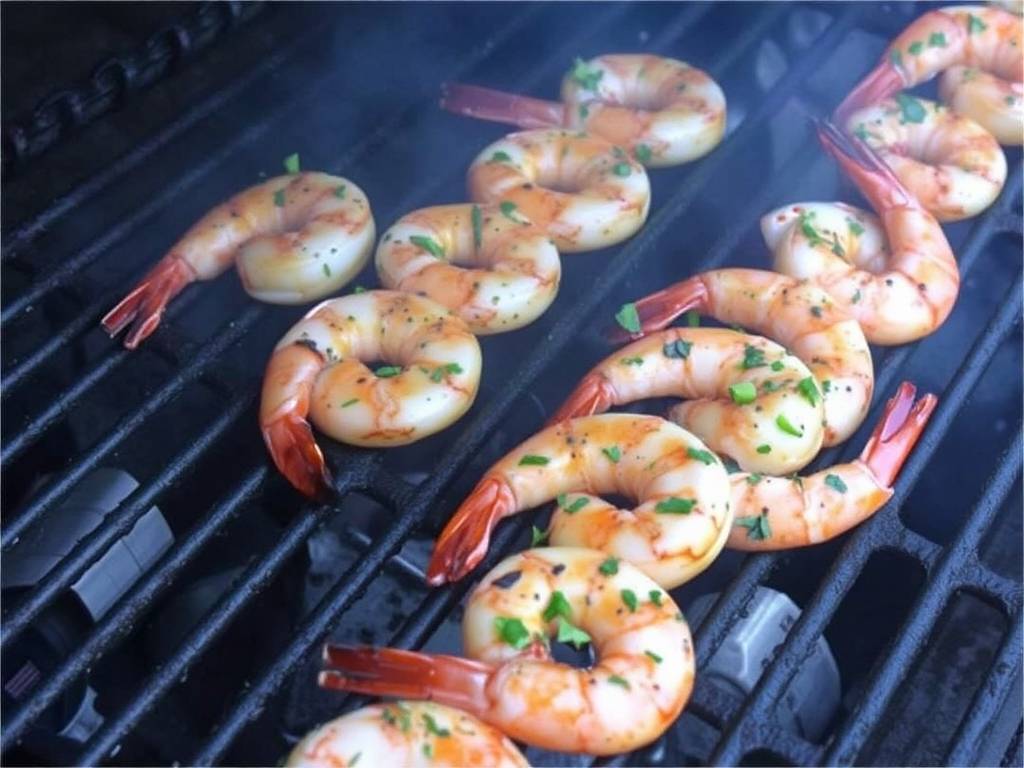A Taste of the Bayou: Mastering the Art of Shrimp and Crab Gumbo

There is perhaps no dish more emblematic of Southern Louisiana's rich cultural tapestry than gumbo. This hearty, soul-warming stew is more than just a meal; it's a story in a bowl, a history lesson simmered slowly with influences from West Africa, France, Spain, and the Native Choctaw people. While gumbos can feature chicken, sausage, or even wild game, the version brimming with plump shrimp and sweet, succulent crab is a true celebration of the Gulf Coast's bounty. Making a proper seafood gumbo is a labor of love, a ritual that demands patience and respect for its foundational elements. It is not a dish to be rushed, but one to be savored from the very first stir of the roux to the final spoonful over steaming white rice.
The journey to an exceptional gumbo begins not with the seafood, but with the "Holy Trinity" of Cajun and Creole cooking and, most importantly, the roux. The roux is the heart, soul, and thickening agent of the dish, and its preparation is where many a gumbo is made or broken.

The Foundation: The Roux
A traditional gumbo roux is made from equal parts fat and flour, cooked slowly until it reaches a deep, chocolate-brown color. This is not the pale, blond roux used in classic French sauces. The darkness of the roux is directly proportional to the depth of flavor it imparts. However, this journey to darkness is fraught with peril, as it is incredibly easy to burn the mixture, which will render it bitter and unusable. Patience is not just a virtue here; it is an absolute requirement.
Begin by heating 1 cup of a neutral oil, such as vegetable or canola oil, in a heavy-bottomed Dutch oven or cast-iron pot over medium heat. A heavy pot is essential for distributing heat evenly and preventing hot spots that can scorch the roux. Once the oil is shimmering, gradually whisk in 1 cup of all-purpose flour. The mixture will immediately begin to bubble.
From this point forward, your undivided attention is required. Switch to a flat-edged wooden spatula or a "roux spoon" and begin stirring constantly. Do not stop. The mixture will progress through stages: first a pale, peanut-butter color, then a light tan, and eventually a milk-chocolate hue. This process can take anywhere from 20 to 45 minutes, depending on your heat level. Many seasoned cooks prefer a medium-low heat for greater control. As it darkens, the aroma will change from a raw, floury scent to a rich, nutty fragrance.
The target color for a proper seafood gumbo is a deep mahogany brown, reminiscent of an old penny or dark chocolate. The moment it reaches this color, you must act quickly to stop the cooking process. This is where the Holy Trinity comes to the rescue.
The Aromatics: The Holy Trinity and Beyond
The "Holy Trinity" – a finely diced mix of one large onion, one green bell pepper, and two to three celery stalks – is your fire extinguisher. The moment the roux is the perfect color, immediately add the diced vegetables to the pot. The sizzle and steam will halt the roux's cooking instantly. Stir vigorously to coat all the vegetables in the roux. This step, known as "smothering" the vegetables, allows them to soften and release their moisture, sweetening and melding with the profound flavor of the roux.
After about 5-7 minutes, when the onions have turned translucent, it's time to add the garlic. Mince 4-5 cloves and add them to the pot, stirring for just one minute until fragrant. Be careful not to burn the garlic. Next, pour in 8 cups of a rich, homemade seafood stock. While store-bought chicken or fish stock can work in a pinch, a stock made from shrimp shells and crab bodies elevates the gumbo to another level of authenticity. To make a quick version, simmer the shells from your shrimp with a quartered onion, a couple of bay leaves, and a few peppercorns in water for 30 minutes, then strain.
As you add the stock, the roux will seize up at first. Don't be alarmed. Just keep whisking, and it will gradually dissolve into the liquid, creating a beautifully thickened base. Now, add your seasonings: 2 bay leaves, 1 tablespoon of dried thyme, 1 teaspoon of smoked paprika for a subtle smokiness, and a healthy pinch of cayenne pepper for heat. The level of heat is personal; start conservatively, as you can always add more later. Bring the pot to a boil, then immediately reduce the heat to the lowest possible setting, cover, and let it simmer gently for at least one hour. This long, slow simmer is crucial. It allows the flavors to marry, the flour to cook out completely, and the gumbo's character to develop fully. Stir occasionally to prevent sticking.
The Bounty: Adding the Seafood
While the gumbo base simmers, prepare your seafood. For this recipe, you will need 1.5 pounds of large, raw shrimp (peeled and deveined, but save the shells for stock) and 1 pound of lump crabmeat. Blue crab is traditional, and fresh-picked lump crabmeat is ideal for its sweet flavor and substantial chunks. Be gentle when handling the crabmeat, picking through it carefully to remove any small pieces of shell without breaking up the lumps.
The golden rule of seafood gumbo is to add the seafood at the very end of the cooking process. Overcooked shrimp become rubbery, and delicate crabmeat will simply disintegrate. About 10-15 minutes before you are ready to serve, stir the raw shrimp into the hot gumbo. They will cook through in just 5-7 minutes, turning pink and opaque. Finally, turn off the heat and gently fold in the lump crabmeat, allowing it to warm through from the residual heat of the stew.
The Finishing Touches: Filé and Serving
Just before serving, stir in a handful of chopped fresh parsley and the green parts of two sliced scallions. Taste the gumbo and adjust the seasoning with salt and freshly ground black pepper. Now comes a point of personal preference: filé powder. Filé (fee-LAY) is dried, ground sassafras leaves, a gift from the Choctaw people. It acts as a secondary thickener and has a distinct, earthy flavor. A critical note: Never add filé powder to a boiling pot, as it can become stringy and gummy. Instead, either stir a teaspoon into the pot after the heat is off, or, more traditionally, offer it at the table for guests to add to their own bowls.
To serve, place a generous scoop of steamed long-grain white rice in the center of a large, shallow bowl. Ladle the rich, dark gumbo around the rice, making sure to include plenty of shrimp, crab, and broth. A dash of hot sauce on the side is customary for those who desire an extra kick.
A well-made shrimp and crab gumbo is a symphony of textures and flavors. The dark, complex, and slightly smoky broth, thickened by the roux, envelops the tender, sweet seafood. The "Holy Trinity" provides a savory backbone, while the rice soaks up every last drop of the incredible sauce. It is a dish that tastes better the next day, as the flavors continue to deepen. Making gumbo is a rewarding experience, a connection to a vibrant culinary heritage. So, gather your ingredients, arm yourself with patience, and embark on the delicious journey of creating this iconic taste of the bayou.






发表评论